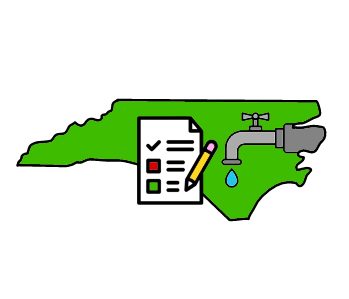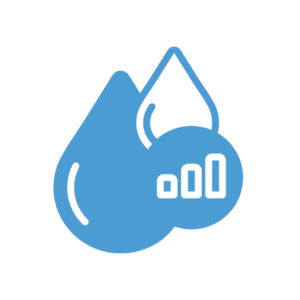The North Carolina Water and Wastewater Rates Dashboard was updated with 2021 data and the 2021 North Carolina Water and Wastewater Rates Report was published. Check them out today and join us for our June 15 webinar.
We are thankful for another year of partnership with the North Carolina League of Municipalities and for the on-going funding support from the North Carolina Division of Water Infrastructure.

The 2021 North Carolina Water and Wastewater Rates Dashboard was deployed in February 2021. The Dashboard is up to date for rates as of January 1, 2021. The Rates Dashboard provides an up-to-date look at rates and financial sustainability indicators for utilities around the state.







